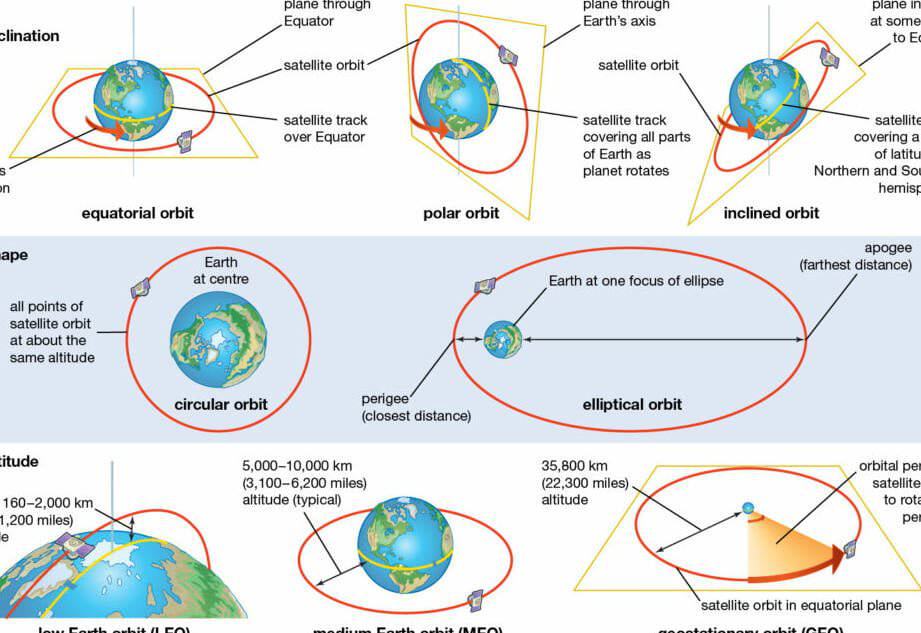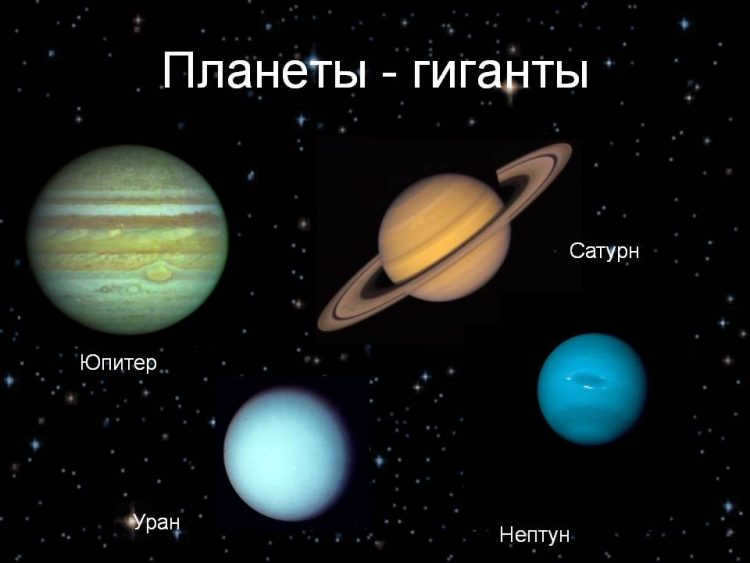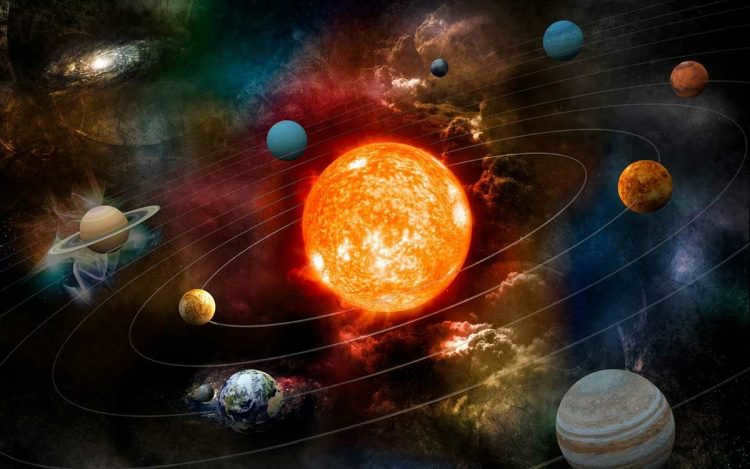
- Solar system
The arrangement of celestial bodies in the solar system is quite fascinating. At its center, we have the star Sun, which holds everything together. Orbiting around the Sun are 8 large planets, each with its own unique characteristics. These planets are accompanied by their satellites, creating a harmonious dance in space. Additionally, we have a multitude of small planets known as asteroids and numerous comets that add to the diversity of our system. All of these celestial bodies are connected by the interplanetary medium, creating a vast network of interactions. When we look at the major planets, they are arranged in a specific order based on their distance from the Sun. Starting with Mercury, we then have Venus, Earth, Mars, Jupiter, Saturn, Uranus, and Neptune. Each planet has its own story to tell and contributes to the overall beauty and complexity of our solar system. As we continue to explore and study our planetary system, one of the most intriguing questions that arises is the origin of this magnificent creation.
Evolution of Concepts Regarding the Formation of the Solar System
Currently, there exist numerous theories concerning the origins of the solar system, including those proposed independently by German philosopher I. Kant and French mathematician and physicist P. Laplace:
- I. Kant’s Perspective. Kant postulated the gradual evolution of a frigid, dusty nebula, during which the central massive celestial body, the Sun, materialized, followed by the subsequent formation of the planets.
- P. Laplace postulated that the original nebula was composed of gas and was extremely hot, with a high rate of rotation. As the nebula contracted under the influence of universal gravitation, it adhered to the law of conservation of momentum and spun faster and faster. The intense centrifugal forces led to the formation of rings, which gradually condensed and cooled to become planets.
Despite the differences between these two hypotheses, they both share the common belief that the solar system originated through the natural evolution of nebulae. Therefore, this concept is often referred to as the Kant-Laplace hypothesis.
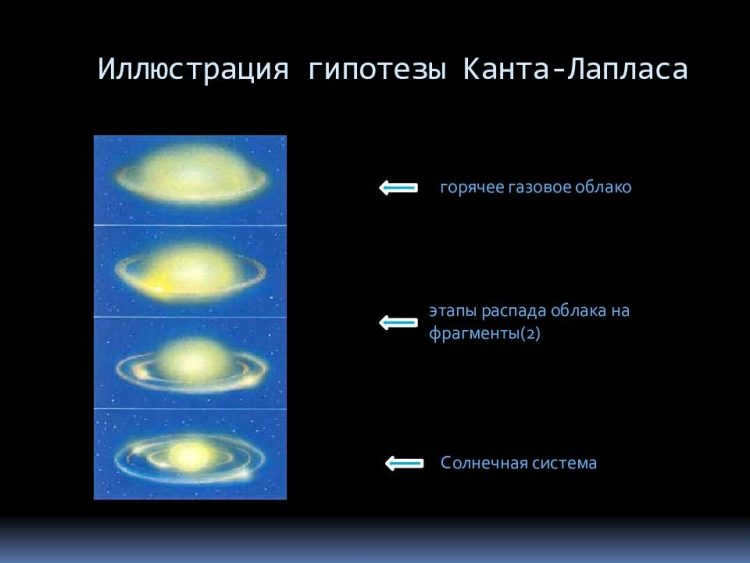
According to the English astronomer Hoyle, the Sun initially existed as a gas-dust nebula with a magnetic field. In its early stages, it had a rapid rotation, but over time, the magnetic field caused its rotation to slow down.
As proposed by Jeans’ hypothesis, the formation of our solar system was the outcome of a catastrophic event. The Sun collided with another star, leading to the ejection of matter into outer space, which eventually condensed and formed the planets.
Stages in the Development of the Solar System
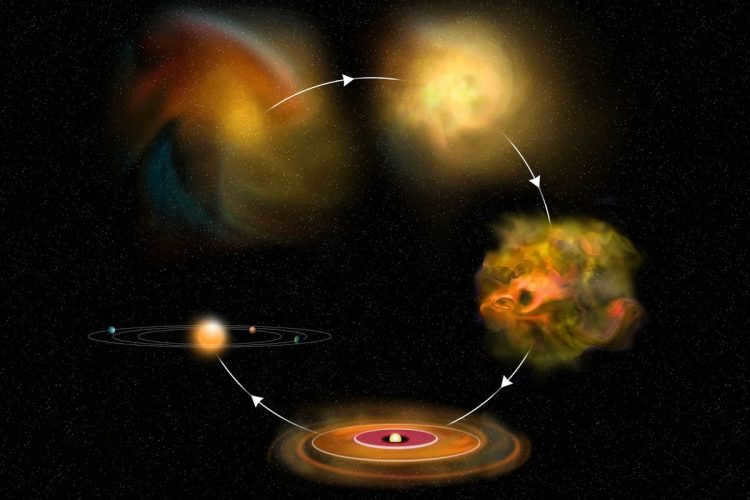
According to the main hypothesis, the solar system as we know it today took shape approximately 5 billion years ago. This massive celestial event occurred within a giant cloud composed of gas and dust, which spanned a staggering distance of 6 billion kilometers.
Similar formations of dust clouds can be found in various corners of the vast Universe, with the majority of these clouds primarily consisting of hydrogen. Hydrogen is the essential gas that serves as the building blocks for the formation of stars. Through a process of thermonuclear reaction, hydrogen transforms into an inert gas known as helium, while other substances only account for a mere 2% of the composition.
The birth of our Sun
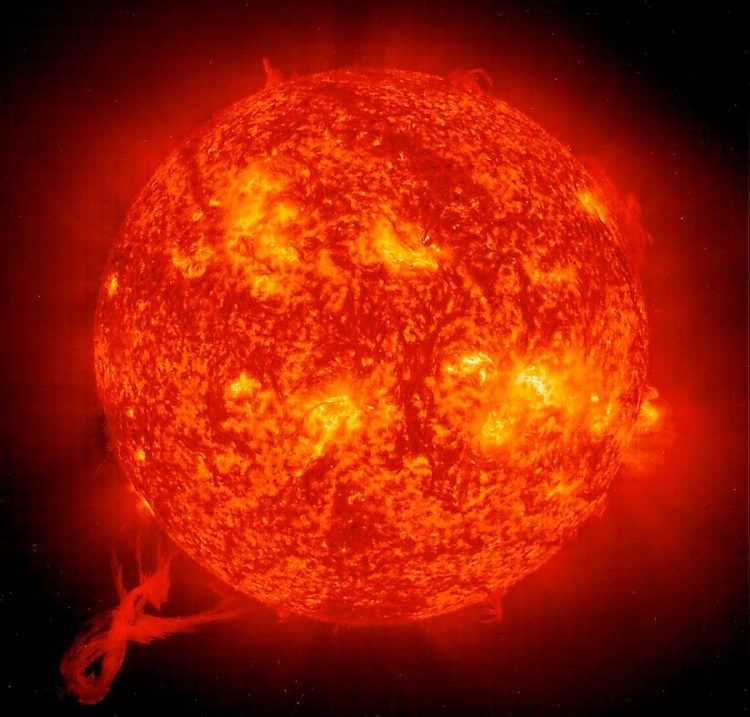
At a certain moment, the dust cloud received an external powerful stimulus, which represented a massive release of energy. It could have been a shockwave produced by the explosion of a supernova. Alternatively, it is possible that there was no external impact. Simply due to the force of attraction, the cloud started to decrease in size and become denser.
This process initiated the phenomenon of gravitational collapse. In other words, there was a rapid compression of the cosmic matter. Consequently, at the core of the cloud. at the core of the cosmic mass. with an extremely high density. The remaining mass is dispersed around the periphery of the core. Furthermore, since everything in space rotates on its axis. this mass takes on a disk-like shape..
As the core shrank, it experienced a decrease in size and an increase in temperature and density, eventually transforming into a protostar. Meanwhile, the gas cloud surrounding the core continued to grow denser until the temperature and pressure within the core reached a critical point. This triggered a thermonuclear reaction, causing the hydrogen to convert into helium.
On average, it takes around 100,000 years for a nebula to undergo the necessary changes and begin thermonuclear reactions, ultimately becoming a protostar.
Eventually, the protostar ceased to exist and was replaced by a star known as the Sun.
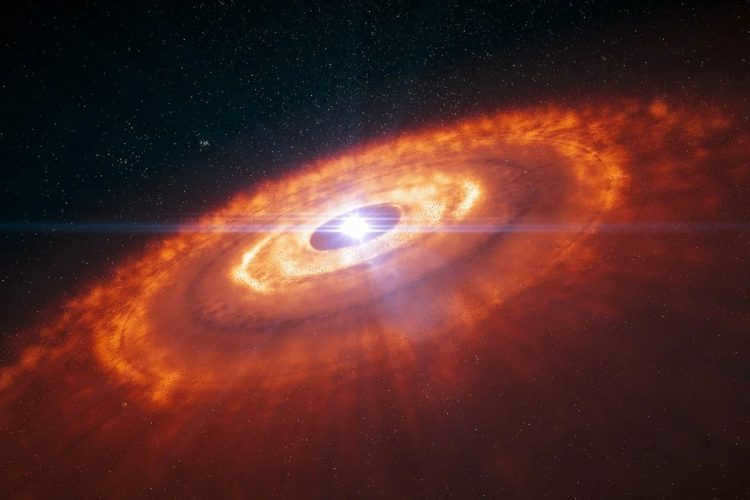
The new celestial body is still in its infancy, resembling a brown dwarf. It undergoes a gradual transformation over several hundred million years, eventually becoming a star similar to our sun.
Once a significant portion of the mass in a protostellar nebula has coalesced into a star, a protoplanetary disk forms around it.
Over time, the young star and its surrounding environment begin to cool, causing volatile substances to condense. This leads to the formation of dust particles that gradually clump together. These clumps, known as planetesimals, are no larger than 1 kilometer in diameter and serve as the building blocks for planets.
Origin of the Earth’s planets
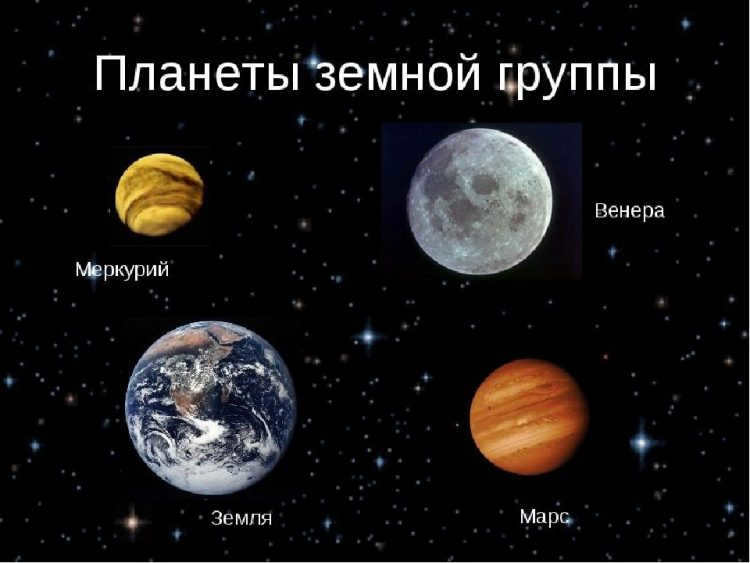
Afterward, another phenomenon occurred. The Sun’s gas-dust clouds started to condense into dense rings.
The inner group of planets developed in the areas of the protoplanetary disk where the temperature was too high for ice and gas particles to exist in their natural state. As a result, these celestial bodies are primarily composed of heat-resistant rocks.
Initially, planetesimals rapidly grew in size, reaching diameters of over a kilometer. Subsequently, larger fragments attracted smaller ones until the supply of planetesimals in the disk was completely depleted. This marked the final stage of the Solar System’s formation and the establishment of specific orbits for its celestial bodies.
The entire process of inner group planet formation spanned from 10 to 100 million years.
To put it simply, we can state that the gas shells were expelled from the nearby nuclei of the star. This process led to the formation of the smaller planets in close proximity to the Sun. These planets include Mercury, Venus, Earth, and Mars.
Formation of gas giants
The creation of the gas giants, specifically Jupiter, Saturn, Uranus, and Neptune, is a more intricate process.
Prior to the formation of large planetesimals, their development is comparable to that of terrestrial planets, but with the presence of ice particles. Their mass is accumulated by merging with gas from the protoplanetary disk, which is made possible by the relatively low temperatures in the outer region of the future star system.
The process of gas accumulation takes several million years until the gas reservoirs in the disk are depleted.
The formation of gas giants has a significant impact on the quantity of solid planets within the system. The earlier the formation of gas planets commences, the less material remains for the creation of Earth-like bodies.
Satellites’ creation process
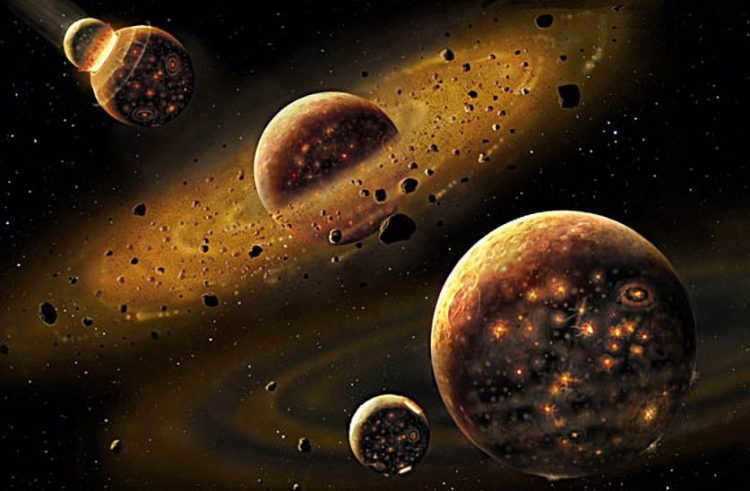
The subsequent phase in the development of satellite systems revolves around planets.
Natural satellites were formed around most of the planets in our solar system, as well as around numerous other celestial bodies. As a result, the Moon emerged in close proximity to the Earth.
There are three primary mechanisms responsible for their creation:
- Formation from the surrounding planetary disk (applicable to gas giants);
- Formation from fragments resulting from collisions (in the case of a significant collision at a small angle);
- Entrapment of a passing object.
Ultimately, a unified cosmic community was established, which continues to exist to this day.
This is the scientific explanation for the birth of our solar system. By the way, this concept can also be applied to other celestial formations, of which there are countless in the vast expanse of space.
What lies ahead for our solar system
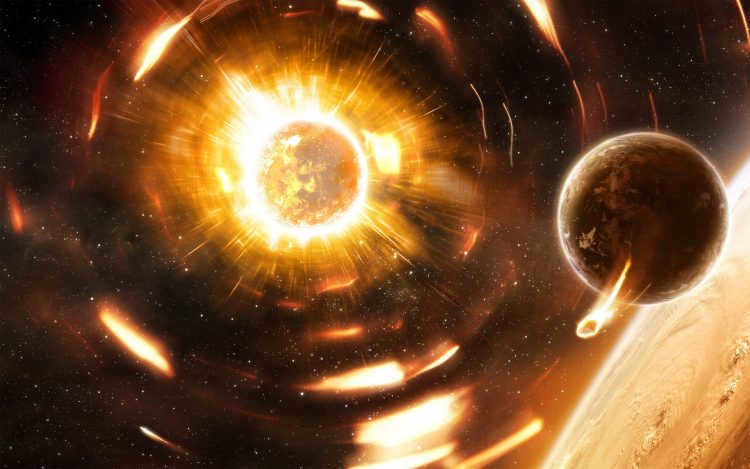
Based on the most recent scientific findings, the structure of the solar system remains relatively stable. This means that significant changes in the system’s composition are unlikely to occur in the foreseeable future. However, the most notable transformations will take place as the Sun’s state evolves.
To put it simply, the solar system will not experience drastic alterations until the Sun exhausts its hydrogen fuel reserves. At this point, the Sun will enter the red giant phase, marking a significant shift in its characteristics.
Approximately one billion years from now, the near-stellar habitable zone of the Solar System will be pushed beyond its current position due to the escalating solar radiation. This adjustment will result in a repositioning of the habitable zone beyond Earth’s present-day orbit.
The study of the solar system and its origins is a topic of great interest in prestigious institutions around the world.
Each year, international congresses include mandatory discussions on this subject, and leading experts from the Geophysical Institute of the Academy of Sciences in Russia have actively participated in these discussions. Extensive research on “The Solar System and its Origin” is considered a top priority, with funding provided from the government budget.
With the tireless efforts of scientists, the time will come when the secrets of the solar system will be unveiled, allowing the people of Earth to gain a deeper understanding of the fascinating origins of our planet.
Video
Rephrase the text, making it unique, using the English language and preserving the HTML markup:
Video
According to modern astronomy concepts, our planet orbits the Sun along with numerous other celestial objects that compose the Solar System. Let’s delve deeper into the structure of the solar system.
Sun
The Sun serves as the primary celestial entity, housing the majority of the Solar System’s mass (over 99.8%).
The Sun, an average star in the vast Universe, holds neither the title of the largest nor the smallest. It is the gravitational force exerted by the Sun that sustains the existence of the entire solar system.
Moreover, the Sun’s mass is ample enough to sustain thermonuclear fusion reactions within its core, where hydrogen nuclei combine to form helium nuclei and release immense amounts of energy. Although the Earth only receives a small portion of the Sun’s radiation, this is still sufficient to maintain a temperature conducive to supporting life on the planet.
Planets
The planets are the second largest objects in the solar system. They were formed around 4.5 billion years ago from a single cloud of gas and dust. All planets orbit in nearly the same plane. There are three criteria for defining a planet:
- A planet must orbit a central star.
- A planet must have enough mass to be shaped like a sphere.
- A planet must be the dominant object in its orbit, clearing away smaller celestial bodies.
Based on these criteria, there are eight planets in the solar system. They can be classified into two distinct groups.
The group of terrestrial planets consists of four inner planets in our solar system: Mercury, Venus, Earth, and Mars. These planets have varying distances from the Sun, with Mercury being the closest at 0.38 astronomical units (a.u.) and Mars being the farthest at 1.52 a.u. (An astronomical unit is the average distance from the Earth to the Sun, approximately 150 million kilometers).
All of these planets have a relatively high average density (greater than that of water) and possess a core rich in heavy elements, including iron (in astronomy, “heavy” elements refer to all elements except hydrogen and helium). The mantle and crust of these planets are composed of silicate rocks.
Furthermore, the terrestrial planets either lack satellites or have only a few. Additionally, none of these planets have rings.
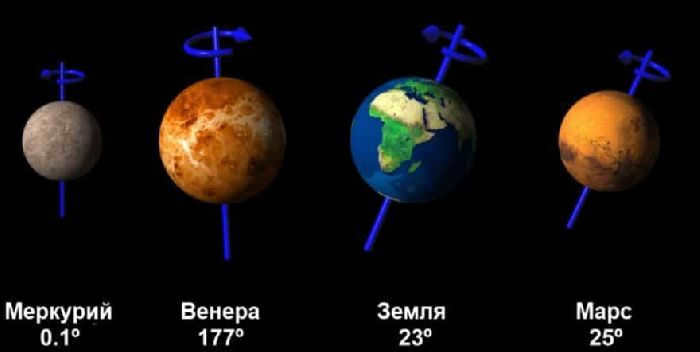
Planets of the Gas Giant Variety
Jupiter, Saturn, Uranus, and Neptune are the four planets that are located further away from the Sun, ranging in distance from 5.2 a.u. (for Jupiter) to 30 a.u. (for Neptune).
These planets are primarily composed of hydrogen, with notable amounts of helium, methane, ammonia, and other gases. Consequently, the average density of these planets is relatively low, being less dense than water.
According to current theories, the gas giants formed after most of the heavier elements had already condensed into Earth-like planets, resulting in a small fraction of heavy elements in this group of planets.
Typically, all of these planets have numerous satellites (Jupiter has 79), and they each possess their own ring systems.
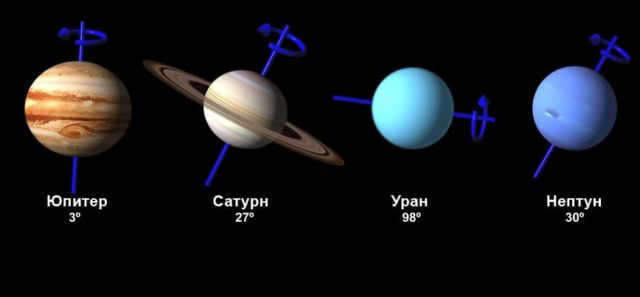
Different celestial objects
The Sun and planets account for over 99.99% of the mass of the Solar System. However, apart from them, the structure of the solar system includes an immense number of small celestial objects that are too small to be considered planets – asteroids, comets, and meteors.
One group of such objects is situated in the asteroid belt between the orbits of Mars and Jupiter (2.2-3.6 a.u.)
The second group of such objects is located beyond the orbit of Neptune and is known as the Kuiper belt. This region resembles the asteroid belt and is positioned at a distance of 30-50 a.u. from the Sun.
Discovered in 1930, Pluto was initially classified as a planet. Nevertheless, as scientists learned more about its mass and observed the presence of numerous similar objects in its orbit, it became evident that Pluto did not meet the criteria of a planet. Consequently, Pluto became the inaugural discovery of a Kuiper Belt object.
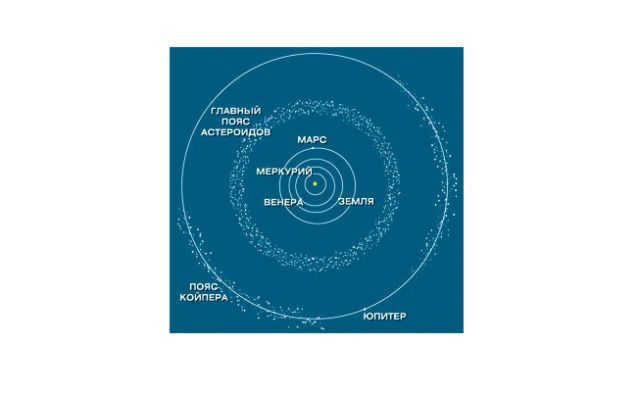
What knowledge have we acquired?
The Sun is situated at the heart of the solar system. Encircling it, in paths that are nearly aligned, revolve the inner quartet of planets within the Earth cluster, trailed by the four colossal gas planets. Moreover, the Solar System encompasses an abundant assortment of diminutive entities within the asteroid belt and the Kuiper belt.
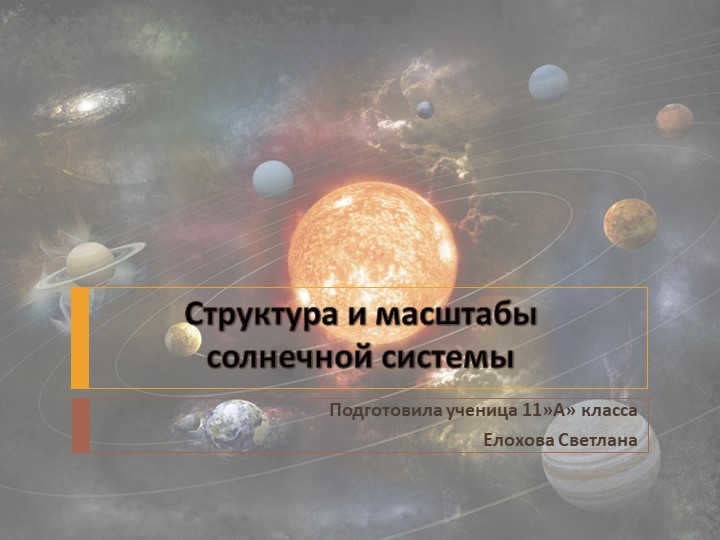
At the moment, there are extra cumulative discounts (ranging from 2% to 25%) that can be availed by 58,742 educational establishments. To discover the specific discount that applies to all staff members of your educational institution, kindly sign in to your personal Infoworks account.


Continuing Education Program
School Mediation and Conflict Resolution Services
We can provide an exclusive discount for your school (the amount of the discount will depend on the number of teachers from your school who have completed Infoworks courses).
Currently, 58,742 schools are eligible for additional discounts ranging from 2% to 25%. To find out the specific discount available to all staff members at your school, please log in to your personal Infoworks account.


Professional development training
Physical development of children and the nutrition of overweight children during different stages of growth.
We can apply a discount from your educational institution to this discount (depending on the number of your colleagues who have completed Infoworks courses).
Currently, there are 58,742 educational institutions that offer additional discounts (ranging from 2% to 25%). To find out what discount is available for all employees of your educational institution, log in to your personal Infoworks account.
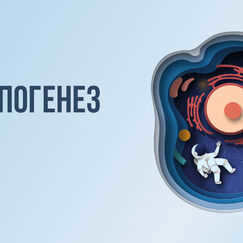

Human Origin
Explanation of the content through separate slides:

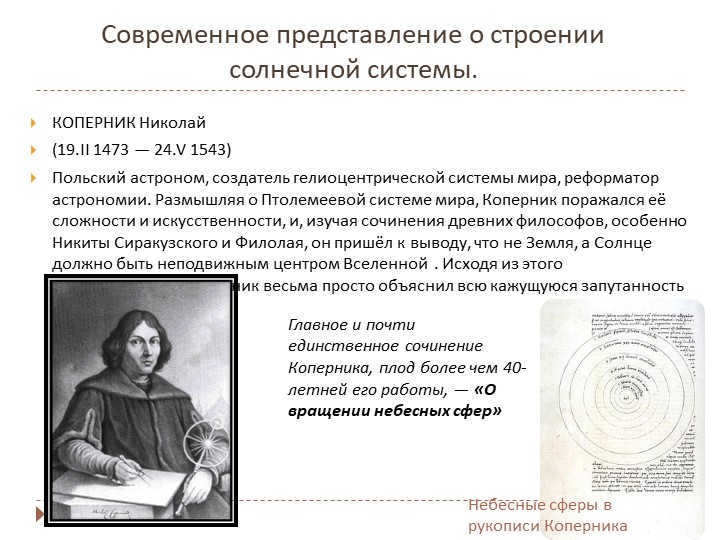
Slide 2: The current understanding of the solar system
Copernicus, Nicholas
(February 19, 1473 – May 24, 1543)
A Polish astronomer and reformer of astronomy, Copernicus developed the heliocentric system of the world. Upon examining the Ptolemaic system, Copernicus was struck by its complexity and artificiality. After studying the works of ancient philosophers like Nikitas of Syracuse and Philolaus, he concluded that the Sun, not the Earth, should be the fixed center of the universe. This assumption allowed Copernicus to simplify the explanation for the seemingly confusing motions of the planets.
In Copernicus’ manuscript, he depicted the celestial spheres
The primary and most significant work by Copernicus, “On the Rotation of the Celestial Spheres,” was the result of over 40 years of his research.
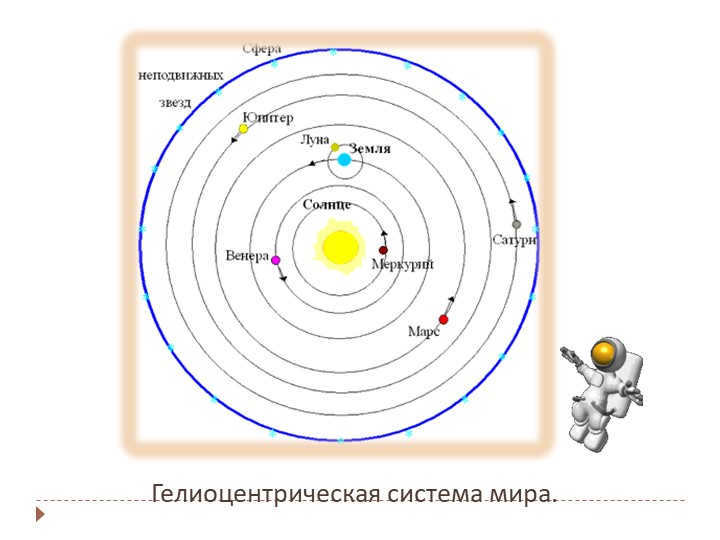
Slide 4 Elements of the solar system
The solar system is a collection of celestial objects that revolves around its central star, the Sun. It consists of nine major planets and their moons, with over sixty currently recognized. Along with these celestial bodies, the solar system also contains a multitude of smaller objects, such as asteroids (over five thousand known), hundreds of comets, and countless meteors.
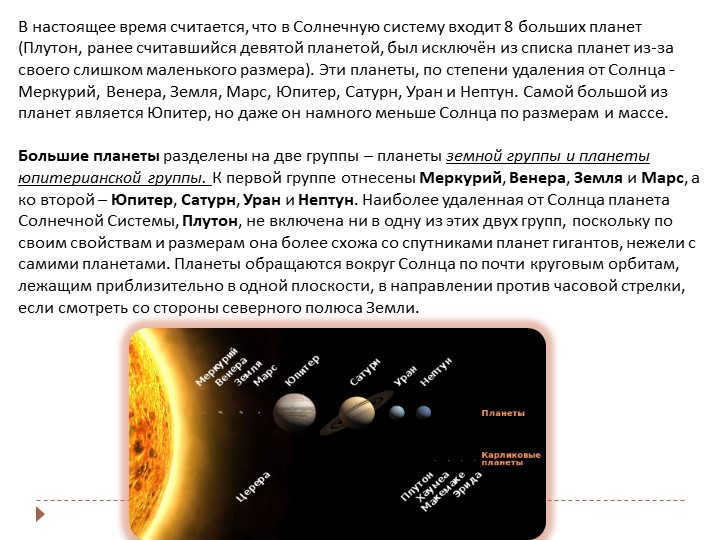

In the present understanding, it is believed that the solar system consists of 8 primary planets. However, one of these planets, Pluto, was removed from the list of planets due to its small size. The planets, arranged by their distance from the Sun, include Mercury, Venus, Earth, Mars, Jupiter, Saturn, Uranus, and Neptune. Among these planets, Jupiter is the largest, although it is still much smaller than the Sun in terms of size and mass.
The Solar System presently consists of 8 primary planets (Pluto, previously regarded as the ninth planet, was excluded from the planets list due to its small size). These planets, arranged by their distance from the Sun, are Mercury, Venus, Earth, Mars, Jupiter, Saturn, Uranus, and Neptune. Jupiter, the largest among them, still pales in comparison to the Sun in terms of its size and mass.
At present, it is believed that there are 8 significant planets in the solar system (Pluto, previously regarded as the ninth planet, was excluded from the planets list due to its small size). These planets, arranged by their distance from the Sun, are Mercury, Venus, Earth, Mars, Jupiter, Saturn, Uranus, and Neptune. Jupiter, the largest among them, still pales in comparison to the Sun in terms of its size and mass.
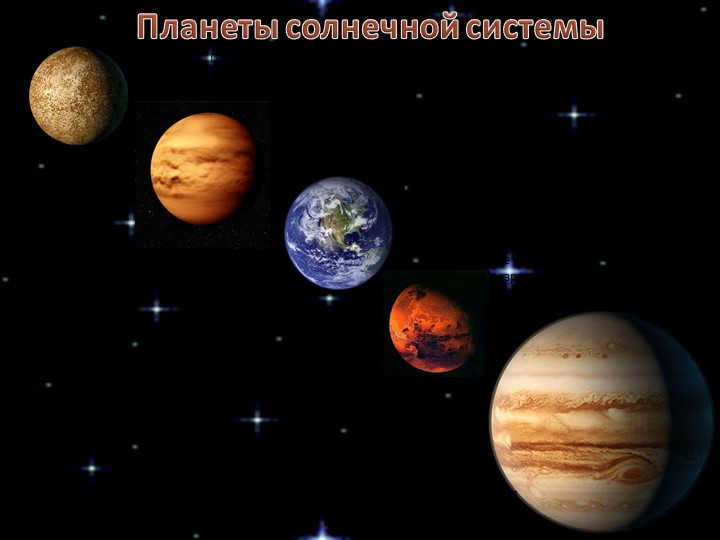
Planets of the solar system slide 6
The surface of Venus is uninhabited, with extremely tall mountains
Mars has an atmosphere that is very thin
Jupiter, being 317 times larger than Earth, is the largest planet.
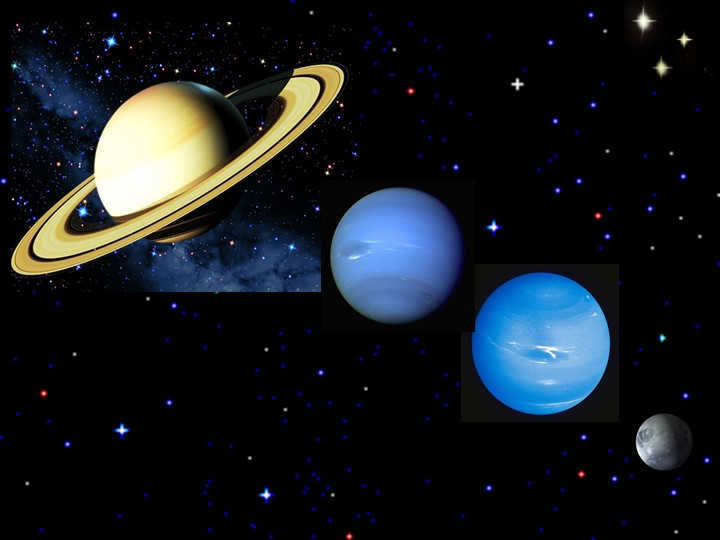
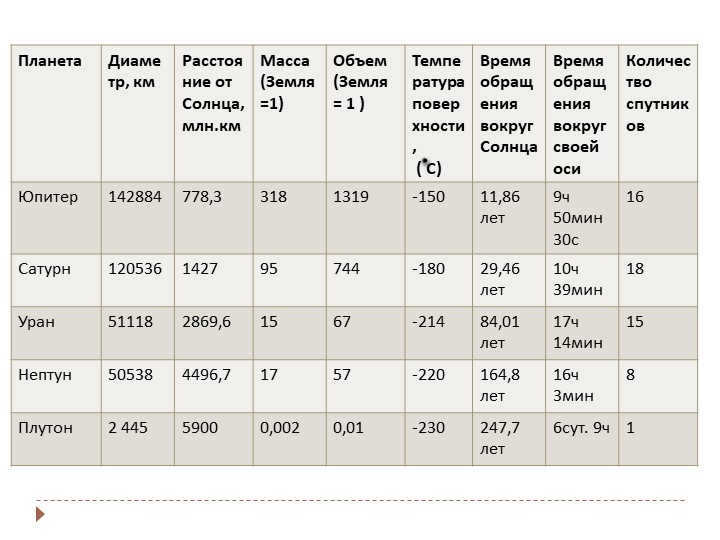
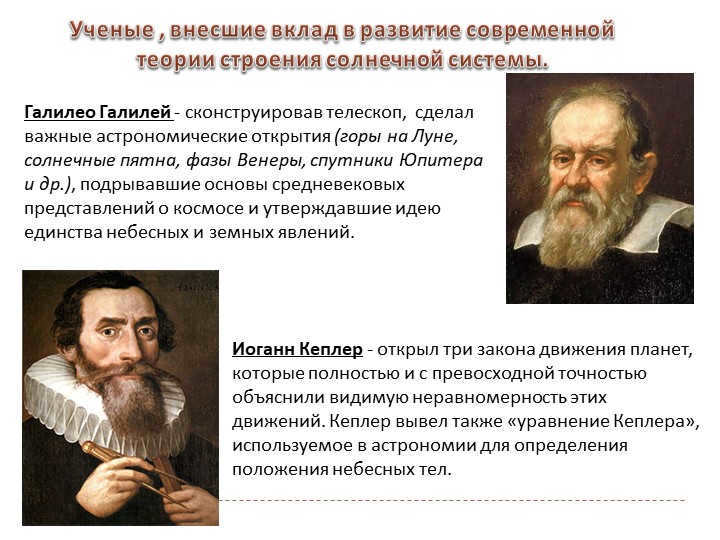
Galileo Galilei, known for constructing the telescope, made significant astronomical breakthroughs, such as discovering mountains on the Moon, observing sunspots, studying the phases of Venus, and identifying the satellites of Jupiter. These discoveries challenged medieval beliefs about the cosmos and emphasized the interconnectedness of celestial and terrestrial phenomena.
Another scientist who played a crucial role in shaping our understanding of the solar system is Johannes Kepler. He formulated three laws of planetary motion, which provided a comprehensive and highly accurate explanation for the apparent irregularities in planetary movements. Additionally, Kepler developed the “Kepler equation,” a key tool in astronomy for determining the positions of celestial bodies.
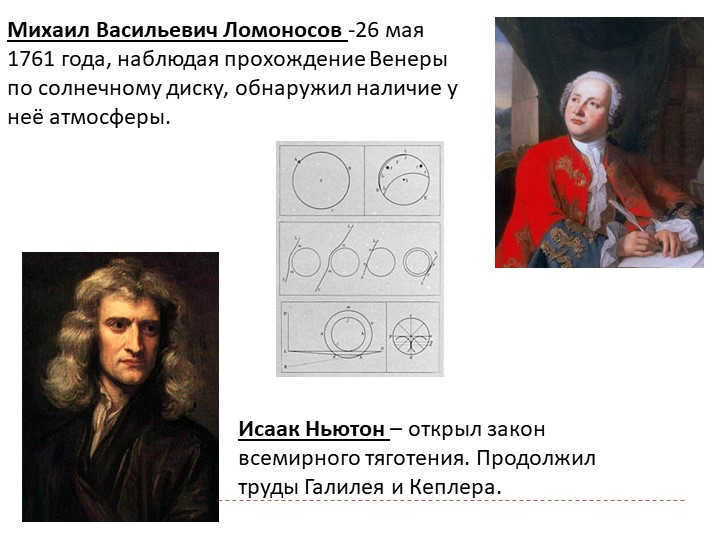

Slide 11 features Isaac Newton, the brilliant scientist known for his groundbreaking discovery of the law of universal gravitation. Newton’s work was a continuation of the groundbreaking research conducted by Galileo Galilei and Johannes Kepler.
Mikhail Vasilyevich Lomonosov, on the other hand, made a significant observation on May 26, 1761. While observing the passage of Venus across the solar disk, Lomonosov discovered the presence of an atmosphere surrounding the planet.
Illustrations by M. V. Lomonosov were included in the manuscript titled “The Appearance of Venus in the Sun…” in 1761.

The movement of celestial bodies has been a source of fascination for humanity throughout history. Ancient civilizations, such as the Greeks, held the belief that the Earth was the center of the Universe, distinct from the planets. Today, we know that the Earth is not the center of the universe, nor even the center of our solar system. So, what exactly is the solar system? In this lesson, we will explore this question and delve into the fundamental physical characteristics of the major planets. We will examine the criteria used to classify planets into two groups, as well as the key stages in the formation and early development of the solar system.
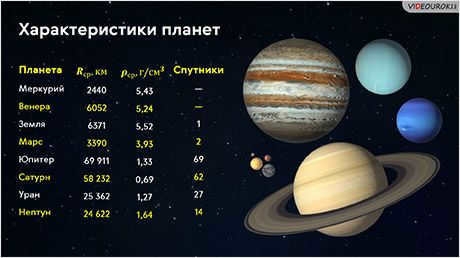
Currently, you do not have the ability to view or share the video tutorial with your students
In order to watch this and other video lessons in the set, you must add it to your individual account.
Unlock amazing functionalities


Lesson outline “General characteristics of planets. The Structure of the Solar System”
Since ancient times, people have been fascinated by the movement of stars in the sky. This fascination was especially true for the ancient Greeks, who, like many others, distinguished between the Earth and the planets. The planets were seen as small luminous dots in the sky that orbited around the Earth.
Today, we know that the Earth is not the center of the universe, nor is it the center of the solar system.
So, what exactly is the solar system? In modern terms, the solar system refers to the entirety of cosmic space and all matter that falls within the Sun’s sphere of gravitational influence.
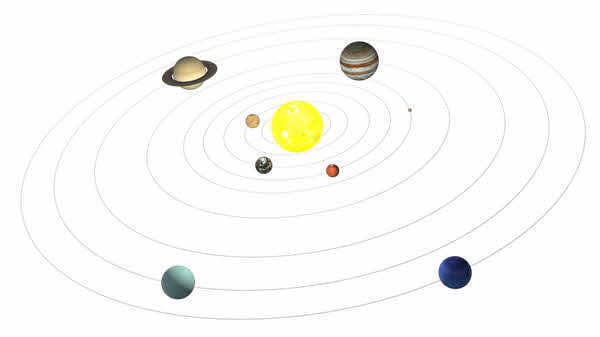
The Sun is the central and most significant object in the solar system. It is also the largest and most massive. Revolving around the Sun are numerous celestial bodies, with the large planets being the most notable among them. These planets have a spherical shape and orbit the star in its gravitational field. They reflect light from the Sun and help clear their orbits of smaller objects.
As of the beginning of the year 2017, the solar system is known to have eight major planets. These planets, in order of their distance from the Sun, are Mercury, Venus, Earth, Mars, Jupiter, Saturn, Uranus, and Neptune.
However, the solar system consists of more than just the Sun and the eight major planets. Naturally, the major planets are the most significant members of the Sun’s celestial family. Nevertheless, our star has numerous other “relatives”.
An instance of such a relative is Johannes Kepler, who is already familiar to us. He dedicated his life to the pursuit of understanding the harmonious movements of planets and was the first to observe an empty region stretching for 550 million kilometers between the orbits of Mars and Jupiter. At that time, the distance between the orbits of other known planets did not exceed 80 million kilometers.
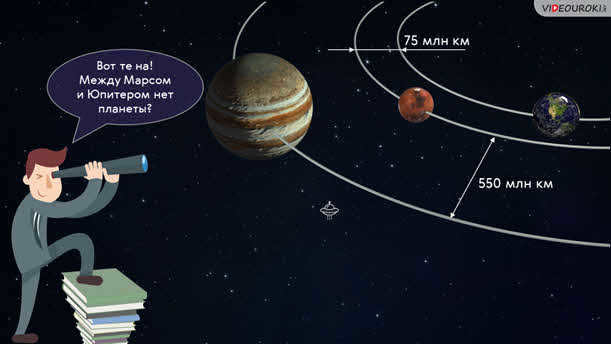
Therefore, it stands to reason that a planet should have existed in that location. After approximately two hundred years, a diminutive planet was unearthed in this exact spot, measuring 3.4 times smaller in size and 40 times smaller in volume compared to our Moon. This newly discovered celestial entity was christened Ceres, paying homage to the ancient Roman deity associated with agriculture and fertility.
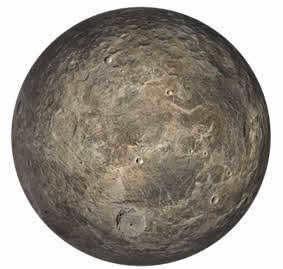
It quickly became evident that Ceres possesses numerous counterparts, most of which are situated in the region between the orbits of Mars and Jupiter. This area constitutes a belt of minor planets known as the main asteroid belt.
A second asteroid belt was recently discovered in the outskirts of our solar system – known as the Kuiper belt. Although similar to the main asteroid belt, it is approximately 20 times wider and 20-200 times more massive.
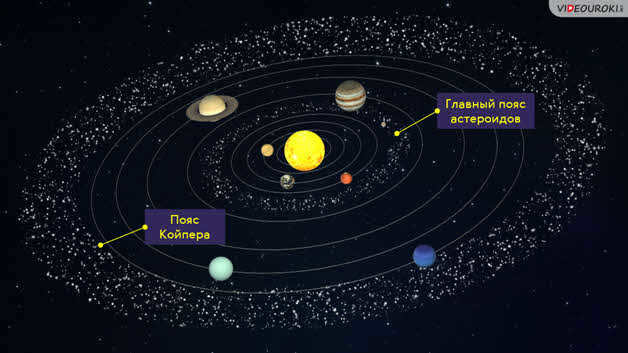
In the sky, we sometimes observe comets with tails, which originate from distant locations and often appear suddenly. According to scientists, there is a hypothetical spherical area on the outskirts of our solar system that contains over a hundred billion potential cometary nuclei. This region is believed to be the source of long-period comets and is referred to as the Oort cloud. It was named after the Dutch astronomer Jan Oort, who was the first to propose its existence.
In January 20, 2016, astronomers from the California Institute of Technology, Konstantin Batygin and Michael Brown, put forward a hypothesis about the potential existence of a ninth planet. This planet, known as Planet X, is believed to be located approximately 20 times farther from the Sun than Neptune. Using mathematical modeling to analyze the movement of distant objects, the researchers estimated that Planet X has a mass about 10 times that of Earth and a radius of 3.66.
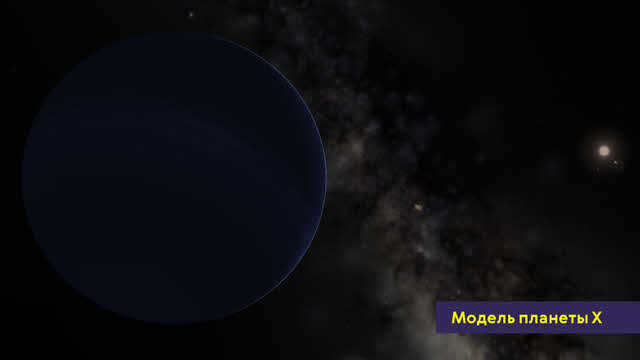
However, our focus has been somewhat diverted. Thus, all the immense planets revolve around the Sun in nearly circular orbits in the identical direction – from west to east. This specific motion is referred to as direct motion in the field of astronomy.
Correspondingly, the Sun rotates on its axis in the same direction as the planets orbit the Sun. Likewise, the planets’ axial rotation coincides with their revolution around the Sun. The only exceptions are Venus and Uranus, which rotate in the opposite direction. Additionally, Uranus’s axis of rotation nearly aligns with the plane of its orbit.
The eight primary planets are commonly categorized into two groups: the terrestrial planets and the giant planets.
The terrestrial planets encompass the four closest planets to the Sun: Mercury, Venus, Earth, and Mars.
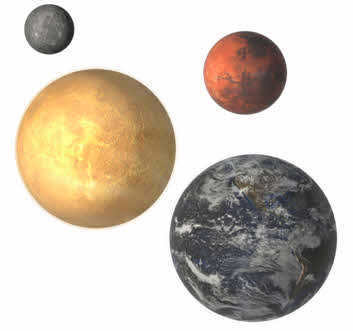
Although they are relatively small in size, the Earth-group planets have an average density nearly five times that of water. This is due to the fact that a majority of their mass consists of solids such as oxides and other compounds made up of heavy chemical elements.
The remaining four planets, on the other hand, are classified as giant planets: Jupiter, Saturn, Uranus, and Neptune.
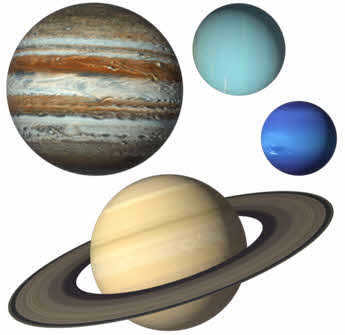
The Earth-group planets are significantly less massive and have much smaller volumes compared to the giant planets. Despite their size, the giant planets have a low average density. In fact, if we were to find an incredibly large pool, Saturn could even float in water.
The main reason for the low density of the giant planets is their composition, which is primarily made up of hydrogen and helium in liquid and gaseous states.
Another difference between the two groups of planets is their rotation speed. The giant planets rotate much faster around their axis. For instance, Jupiter completes one revolution in just 9.925 Earth hours, while Venus takes 243.02 Earth days.
With the exception of Mercury and Venus, all the planets have satellites orbiting around them. As of 2017, there were a total of 175 known satellites in our solar system. However, when it comes to the Earth-group planets, they have a relatively small number of satellites, with only three. These include the Moon orbiting around Earth, and Phobos and Deimos orbiting around Mars.
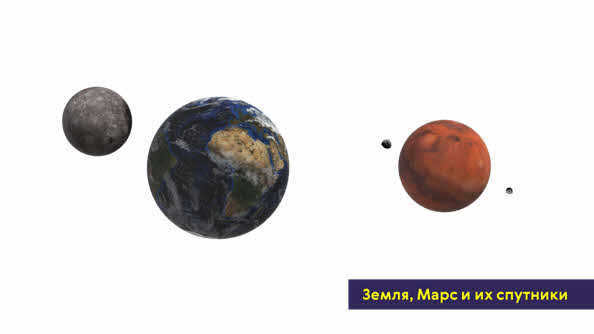
The substantial differences between the planets in the two groups can only be accounted for by modern theories about the formation of the solar system. In order to construct these theories, scientists needed to determine the ages of celestial objects. As a result, the oldest rocks found on Earth are estimated to be 4.64 billion years old. The age of lunar rocks is estimated to be between 2 and 4.5 billion years, while stone and iron meteorites range from 0.5 to 5 billion years old. The age of our star, the Sun, is also estimated to be around 5 billion years based on theories about its structure and evolution. All of this evidence suggests that the planets and the Sun formed from the same cloud of gas and dust.
In 1755, Immanuel Kant put forward the initial concept of the formation of the Sun and planets. According to his hypothesis, a cloud of hot gas and dust was in a state of rapid rotation. Under the influence of gravity, this cloud was compressed and fragmented. However, this theory was eventually deemed unviable due to the numerous contradictions it faced.
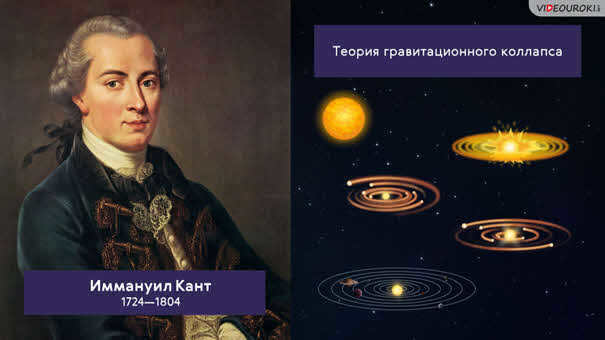
In 1919, James Jeans proposed the idea that the Sun’s planets were created when another star passed by and tore material away from it. Later research on meteorites and rocks from Earth revealed that these celestial bodies were not formed from gaseous clumps, but from solid particles.
It wasn’t until 1944 that a Soviet scientist, Otto Yulevich Schmidt from Mogilev (now the Republic of Belarus), developed a theory explaining the origin of our solar system. This theory is still being refined and expanded upon today.
As per this hypothesis, approximately 5 billion years back, a massive cosmic explosion happened in close proximity to the origin of the solar system. Not only did it infuse the gas-dust cloud, primarily composed of hydrogen and helium, with iron and uranium, but it also shaped its destiny, as the shock wave compressed the cloud to a critical mass. This mass started to collapse due to gravitational forces. Within the rapidly contracting cloud, the gas and dust condensed into numerous clusters, each of which served as a cradle for future stars. Presently, we can observe a similar phenomenon in the Orion constellation, where a vast molecular cloud extends for hundreds of light-years.
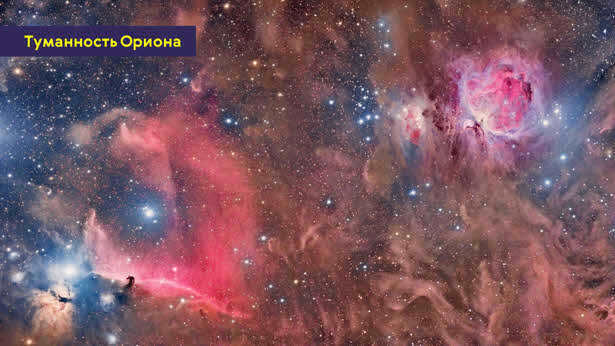
Initially, the gravitational forces compressed the cloud, resulting in the creation of a central hot entity known as the protostar, which would eventually become the Sun. The young Sun voraciously consumed gas and dust, causing the majority of these materials (approximately 90%) to be incorporated into the Sun. Meanwhile, the remaining trace amounts of cosmic dust coalesced to form the precursors of planets – planetesimals. It is estimated that the quantity of these preplanetary objects numbered in the millions.
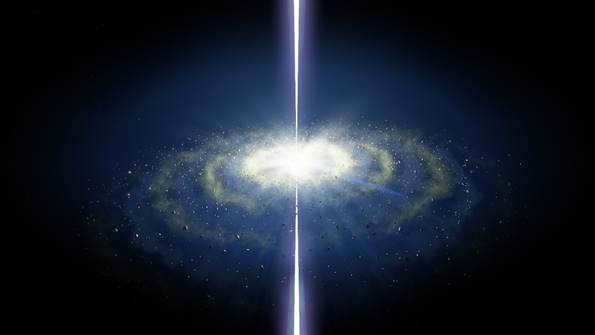
Following a span of roughly one million years, all matter in close proximity to the protosun underwent vaporization due to the extreme temperatures. However, at a distance of approximately eight million kilometers, a distinctive “stone line” materialized, which served as the breeding ground for planetesimals composed entirely of rocky substances and metallic compounds. It took around 100 million years for the initial protoplanets of the Earth group to emerge from this particular matter. And after billions of additional years, they acquired their recognizable form.
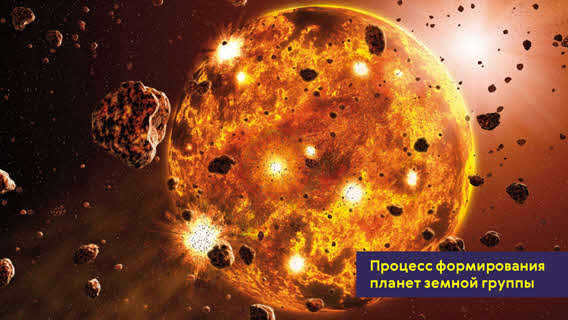
A snow line formed in the outer region of our solar system. It was at this point that volatile substances, such as hydrogen, helium, water, methane, and ammonia, froze onto solid particles. This led to a faster process of planet formation. The cores of the future giant planets grew rapidly, attracting surrounding gas and eventually becoming the massive planets we know today. Jupiter, for example, is believed to have acquired about 90% of its mass in a span of only 100,000 years. Over the following million years, it continued to grow until reaching its current size.
The moons of these planets formed through the same processes as the planets themselves.
In addition to the planets, the giant planets also have rings composed of small particles. These rings are not present in the terrestrial planets of our solar system. They are believed to be remnants of a periplanetary cloud.
In the frigid outer region of the disk, nearly all of the condensed material consisted of ice. Numerous separate icy planetesimals and clusters formed the cores of comets and icy asteroids.

During this lesson, we will explore the overall composition of the solar system and gain an understanding of the various categories of celestial objects that comprise it. We will delve into the definition of a planet and identify the specific planets that are considered part of our Solar System. Furthermore, we will distinguish between the terrestrial planets, such as Earth, and the gas giant planets, understanding the factors that contribute to these distinctions. Lastly, we will delve into the fundamental principles behind the origin of the solar system.
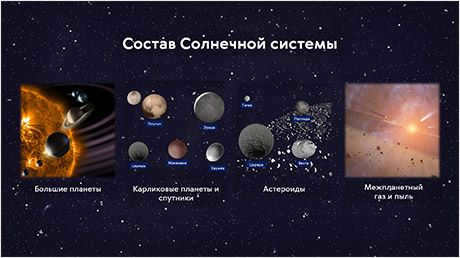
At the moment, you are unable to watch or share the video lesson with your students.
In order to access this and other video lessons in the package, you will need to add it to your personal account.
Unlock amazing opportunities


Outline of the Lesson “Composition, Structure, and Origin of the Solar System”
Throughout history, the celestial movements of the stars have captivated humanity. The fascination dates back to ancient times, where the Greeks and various other civilizations perceived the Earth as the focal point of the universe, distinct from the planets. These planets were described as tiny, radiant points in the sky, orbiting around the Earth.
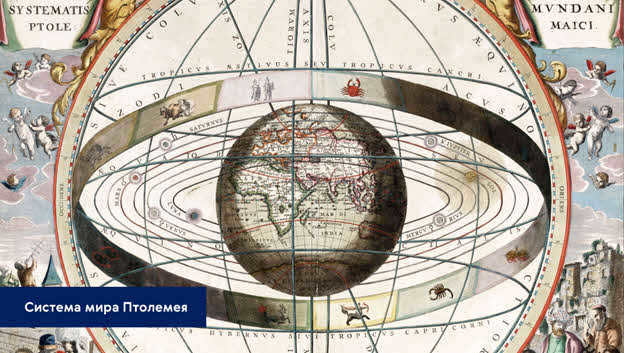
Ancient civilizations often associated deities with the stars, as they would attribute anything they couldn’t explain to divine activity.
Nowadays, we have a better understanding that the Earth is not the exact center of the universe, nor even the center of our solar system.
But what exactly is the solar system? In modern terms, the solar system refers to all of the space and matter within the gravitational sphere of the Sun.
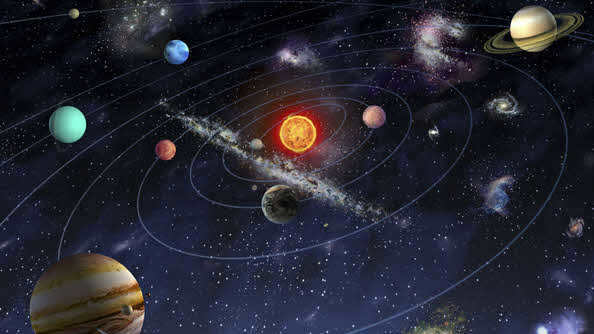
The Sun holds the central position in the solar system, making it the most important and massive object. A wide array of satellites orbit the Sun, but the large planets stand out as the most significant. These spherical bodies lack their own light source and rely on the illumination provided by the Sun’s rays. Currently, there are eight distinguished large planets, each positioned at increasing distances from the Sun: Mercury, Venus, Earth, Mars, Jupiter, Saturn, Uranus, and Neptune.
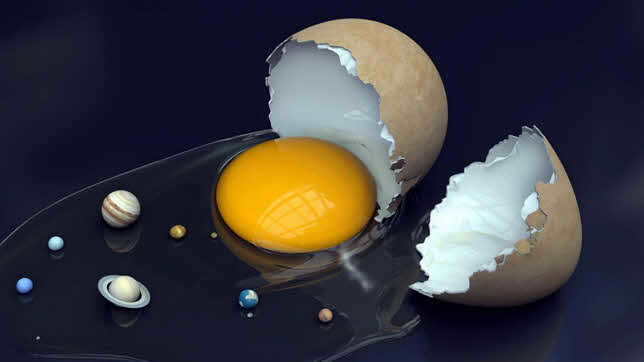
Pluto was considered a planet from 1930 to 2006. However, the identification of numerous celestial bodies in the outer region of our solar system, such as Kvavar, Sedna, and notably Erida, which is only slightly smaller than Pluto, led scientists to reclassify it as a new type of celestial object known as a dwarf planet.
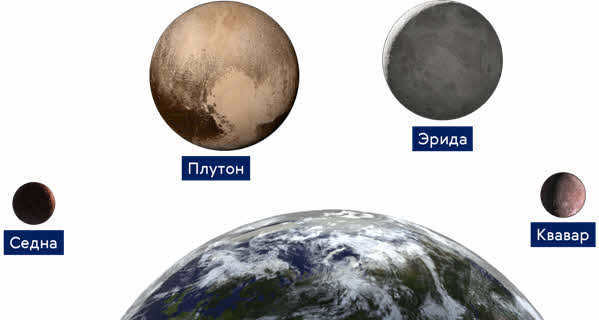
Based on their physical characteristics, planets are commonly categorized into two groups. The first group consists of the four planets closest to the Sun – Mercury, Venus, Earth, and Mars – which are known as the Earth-group planets. Although these planets are relatively small in size, their average density is nearly five times that of water.
On the other hand, Jupiter, Saturn, Uranus, and Neptune, which are situated at much greater distances from the Sun, are significantly more massive than the Earth-group planets and have a much larger volume. The matter within these planets is highly compressed, yet their average density remains relatively low. In fact, Saturn’s density is so low that it would be able to float in water if it were placed in an enormous pool.
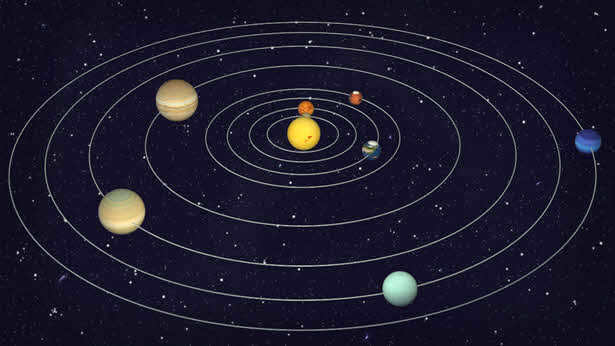
All the planets in the Solar System orbit the Sun in nearly circular paths, moving in a counterclockwise direction. This type of motion is known as direct motion in the field of astronomy.
However, the Solar System consists of more than just the Sun and the eight main planets. While the large planets are undoubtedly the most significant members of our star’s family, there are also many other celestial bodies that are considered its “relatives”.
Johannes Kepler, the renowned German scientist, dedicated a significant portion of his life to “seeking harmony in the movements of celestial bodies.” He made a groundbreaking observation that there existed an empty region between the orbits of Mars and Jupiter, where a planet should logically be present. Kepler’s intuition proved correct, as a small planet was eventually discovered in that very spot two centuries later. This newfound celestial body, named Ceres in homage to the agricultural deity of ancient Rome, is approximately 3.4 times smaller in diameter and 40 times smaller in volume compared to our Moon.
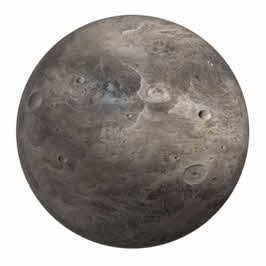
It quickly became apparent that Ceres has numerous celestial “siblings” and many of them orbit between Mars and Jupiter. They create a unique belt of small planets known as the main asteroid belt. These planets are typically small, with a diameter of only about one kilometer, but there are also larger ones like Vesta, Pallada, and Hygeia.
A relatively recent discovery in our solar system is the second asteroid belt, known as the Kuiper belt. It is similar to the asteroid belt but is about 20 times wider and 200 times more massive.
However, our Sun’s family extends beyond just small and large planets. Sometimes we can observe “star” tails in the sky – comets that originate from distant locations and usually appear unexpectedly.
Experts theorize that there exists a unique celestial formation known as the Oort cloud, situated on the outer edges of the solar system. This enigmatic cloud is thought to contain over a hundred billion potential cometary nuclei, serving as an abundant source of the comets that we regularly observe. While the direct existence of this cloud has not been confirmed through instrumentation, numerous indirect pieces of evidence strongly suggest its presence.
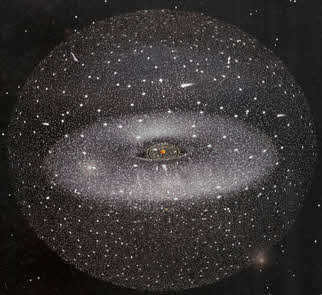
Furthermore, nearly the entirety of the solar system is filled with an unimaginable quantity of solid matter particles, ranging in size but predominantly very small, with a mass that is often in the thousandths or even millionths of a gram. This particulate matter is commonly known as meteor dust, originating from the vaporization and fragmentation of cometary nuclei.
Moreover, when small planets, also known as asteroids, collide and disintegrate, they generate debris of varying sizes, which are referred to as meteoric bodies. Occasionally, these meteoric bodies descend to Earth in the form of meteorites.
It is evident that our Sun possesses an extensive kin. However, due to the fact that it accounts for approximately 99.86% of the total mass of the entire solar system, the gravitational pull between the Sun and other celestial bodies is strong enough to maintain the “family” within the solar system.
As previously mentioned, the larger planets can be classified into two categories based on their size, mass, and overall structure: the terrestrial planets, which are situated within the primary asteroid belt, and the gas giants, which reside beyond it.
The giant planets have masses tens and hundreds of times greater than the Earth-group planets, but they possess much lower densities. Their atmospheres are relatively dense and extend outwards. These planets are primarily composed of hydrogen and helium, with the proportion of other elements being much smaller compared to the Earth-group planets.
All of the major planets in the Solar System orbit the Sun in the same direction, and their axes of rotation generally align with their orbital motion. The only anomalies are Venus and Uranus, which rotate in the opposite direction.
The characteristics of the planets are linked to the circumstances surrounding their formation billions of years ago. According to contemporary theories, the formation of the solar system commenced approximately five billion years ago through the process known as gravitational collapse, which involved the rapid compression of a small portion of an immense interstellar cloud composed of gas and dust.
This concept was initially proposed by Immanuel Kant in 1755 and later refined by Pierre Laplace in 1796. Kant’s theory posited that our solar system arose from a rotating cloud of hot gas and dust, which, due to the force of gravity, underwent compression and fragmentation. However, this theory was ultimately deemed untenable due to the numerous contradictions that arose.
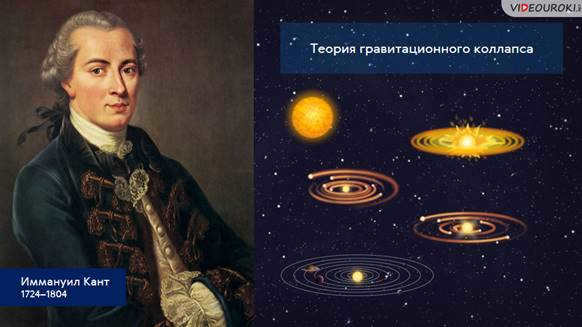
James Jeans was the first to propose a theory for the origin of our solar system. In 1919, he hypothesized that another star passed close to our Sun and tore away a portion of its material, which later formed the planets. However, this idea has not been substantiated. Studies of the physical and chemical composition of rocks on Earth and meteorites have shown that they were not formed from gas clouds, but from solid matter.
It was not until 1944 that Otto Yulevich Schmidt, a Soviet scientist from Mogilev (now in the Republic of Belarus), put forth a theory of the solar system’s origin that is still being developed today.
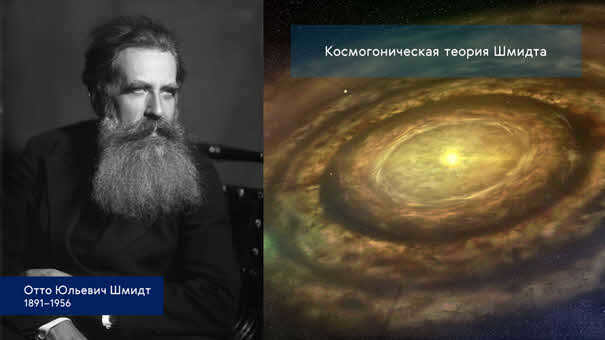
As per this hypothesis, approximately 5 billion years ago, a supernova explosion took place in close proximity to the birthplace of the Solar System. This explosion not only infused the gas-dust cloud, primarily composed of hydrogen and helium, with iron and uranium, but also predetermined its fate, as the shock front compressed the gas cloud to a critical mass. This mass, influenced by gravitational forces, initiated a process of contraction. Within the rapidly shrinking cloud, reactions intensified, causing the gas and dust to condense into numerous clumps, each serving as a nursery for future stars. Presently, a similar phenomenon can be observed in the Orion constellation, where a massive molecular cloud spans across hundreds of light-years.
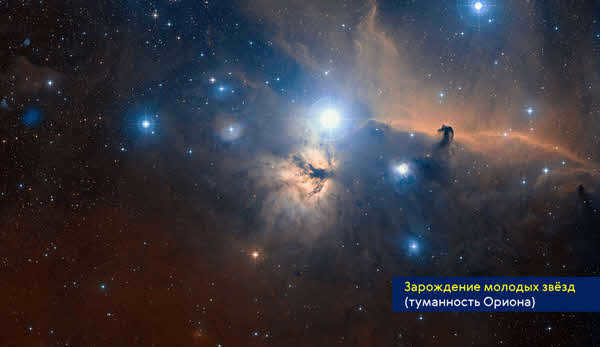
As the initial clouds collided, they initiated a process of rotation. As gravity took hold of the cloud, not only did it accelerate its spinning, but it also transformed into a flat disk.
After a span of one hundred thousand years, this cloud evolved into a fragmented solar system, housing a luminous protostar at its core – the youthful Sun. The emerging protostar proceeded to absorb gas and dust, with the majority of it being assimilated by the Sun. From the tiny remnants of cosmic dust, the building blocks of planets – planetesimals – began to take shape, eventually giving rise to the planets themselves.
Over the course of a million years, the intense heat of the proto-sun caused everything in its vicinity to vaporize. However, at a distance of approximately 8 million kilometers, a unique phenomenon occurred, resulting in the formation of a “stone line” where planetesimals were made up of a combination of rocky materials and metallic compounds. Within a span of around 100 million years, these planetesimals underwent a complete transformation and evolved into protoplanets that eventually became part of the Earth-group. After billions of years, these Earth-group planets began to assume the familiar features we recognize today.
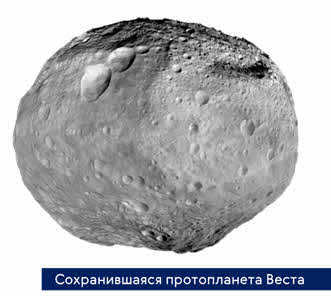
Within the outer reaches of the solar system, a line made of snow was created, serving as a breeding ground for planetesimals that formed from various types of ice, including water, methane, and ammonia. It was in this region where the process of planet formation occurred at an accelerated pace. The particles situated in the frigid middle zone became encased in ice, causing the cores of the future colossal planets to grow rapidly by capturing the surrounding gas. One notable example is Jupiter, which is believed to have accumulated approximately 90% of its total mass within a timeframe of roughly one hundred thousand years. Over the course of the following several million years, it continued to expand until reaching its current size.
Located in the most bitterly cold section of the disk, the material that was condensing consisted primarily of ice. Numerous individual icy planetesimals and clusters came together to generate the nuclei of comets as well as icy asteroids.

